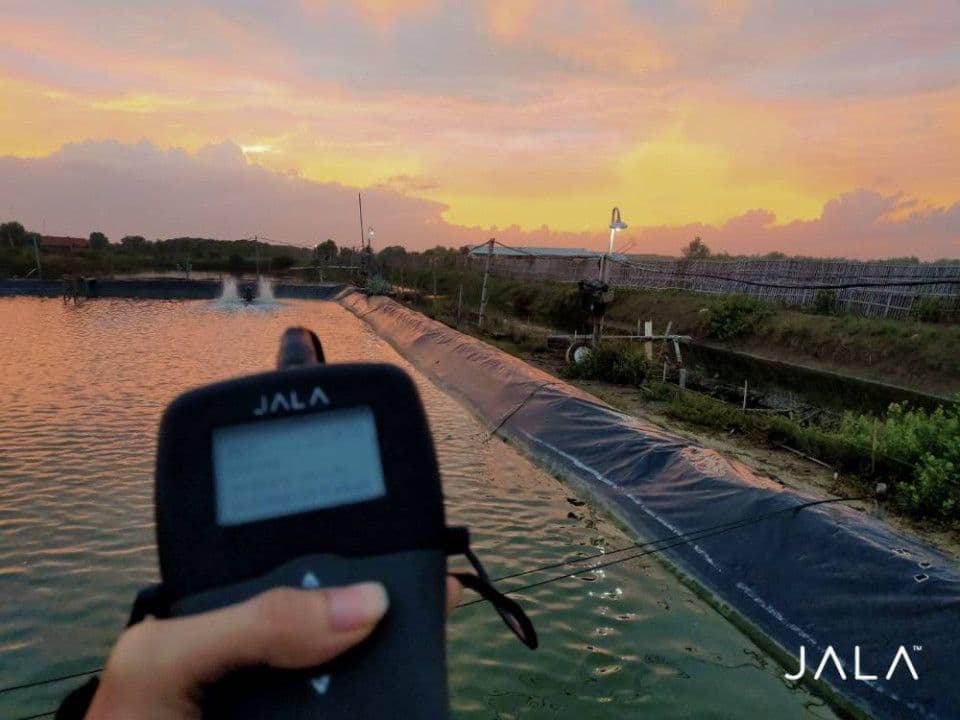
For shrimp farmers, understanding the molting phenomenon in shrimp is one of the keys in ensuring optimal growth for their cultivated shrimp.
Molting or the shedding of shrimp shell is a phase that impacts the overall health and survival of shrimp.
Contents
Related ArticlesLogin to Read the Full Article
Use your Jala account to read this article. If you don't have an account, please register on Jala App.





